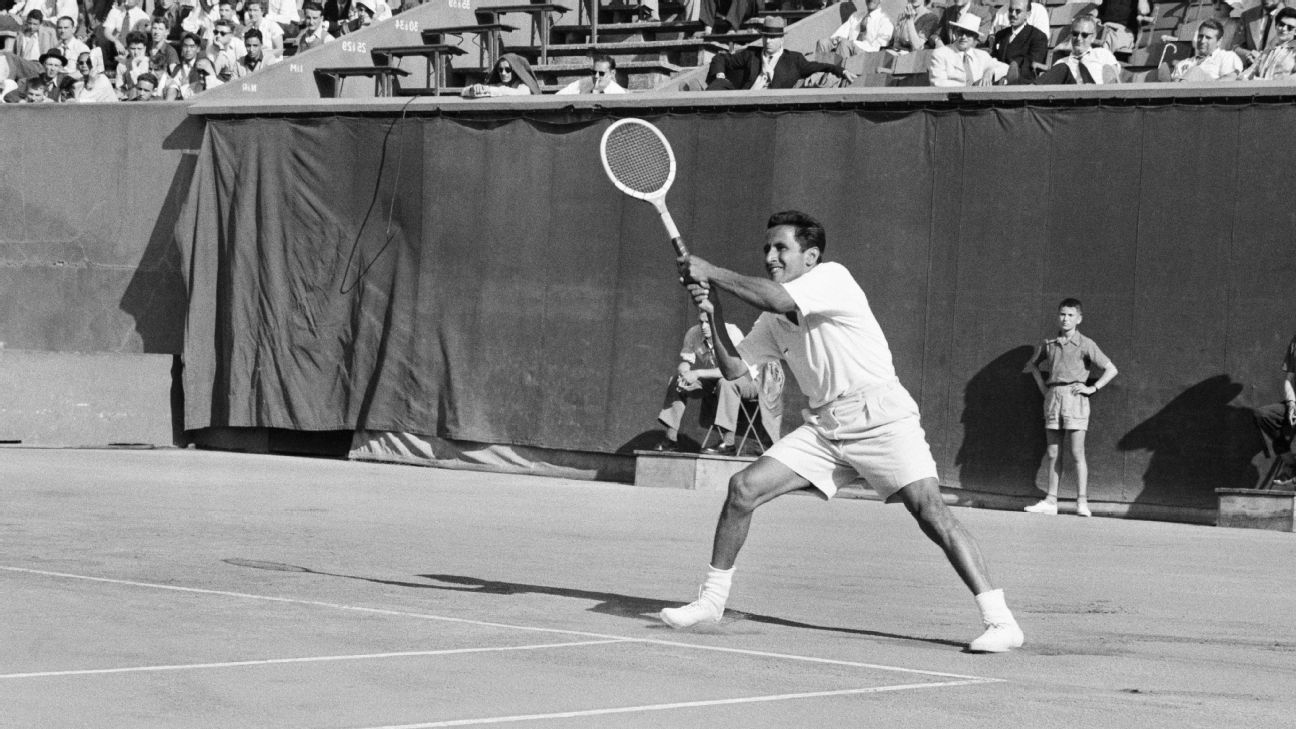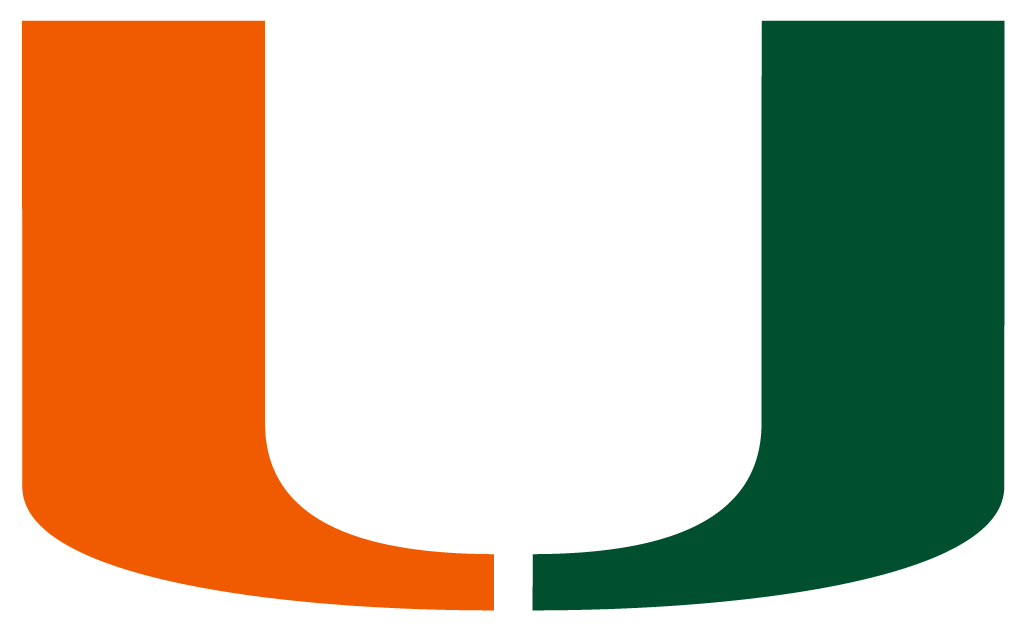
A Legend on the Court: Pancho Segura
CORAL GABLES, Fla. – Born into poverty and nearly losing his life before it ever set about, the story of the late Francisco ‘Pancho’ Segura began nearly a century ago in Guayaquil, Ecuador.
Born prematurely on June 20, 1921, the Ecuadorian native was the eldest child to Domingo Segura Paredes and Fransisca Cano.
From a young age, Segura battled malaria and rickets, the latter having a major effect on the growth of his legs. Informed by doctors that tennis could help develop strength, Segura first picked up a racket while working as a ball boy at his local club.
Overcoming his early childhood setbacks, the 5-foot-6 right-hander quickly developed into a South American amateur champion. Meanwhile, word quickly got to Gardnar Mulloy, a pioneer for the University of Miami men’s tennis program, in Miami.
Offered a scholarship from the eventual UM Sports Hall of Fame inductee, Mulloy, Segura took his talents to Coral Gables where he did not disappoint.
From 1943-45, Segura was the face of the NCAA, using a unique and devastating two-handed forehand. He captured three straight NCAA singles championships, one of only two individuals to accomplish such a feat, while also teaming up with Thomas Burke to win the 1945 doubles title.
Along with his success at Miami, Segura was also reaching new heights on the amateur circuit, winning the U.S. Clay Court Championship in 1944 and the U.S. Indoor Championship title in 1946.
“I played with the speed of a bullet,” Segura told The San Diego Union-Tribune in 1987. “Great eyes, great hands, great under pressure. I was a fighter, a killer. I hated to lose to anyone. My concentration was so intense. I could do anything with the ball.”
Segura turned pro in 1947 and traveled around the world with fellow tennis legends Jack Kramer, Pancho Gonzalez, Bobby Riggs and Tony Trabert. He won the prestigious U.S. Pro Tennis Championships singles title three straight seasons (1950-52) and in 1952 he was ranked as the top tennis athlete in the world.
Following a successful career, Segura played his last U.S. Pro event in 1962 when he was 44 and his last U.S. Open singles match in 1970, falling in the second round.
In 1962, he launched a career as a pro and coach at the Beverly Hills Tennis Club, moving to the San Diego club in 1970. He became a U.S. citizen in 1991.
Inducted into the UM Sports Hall of Fame in 1970 and the International Tennis Hall of Fame in 1984, Segura went from a four-time NCAA Champion to a pro, then became a coach, including of Jimmy Connors, an eight-time major singles champion.






